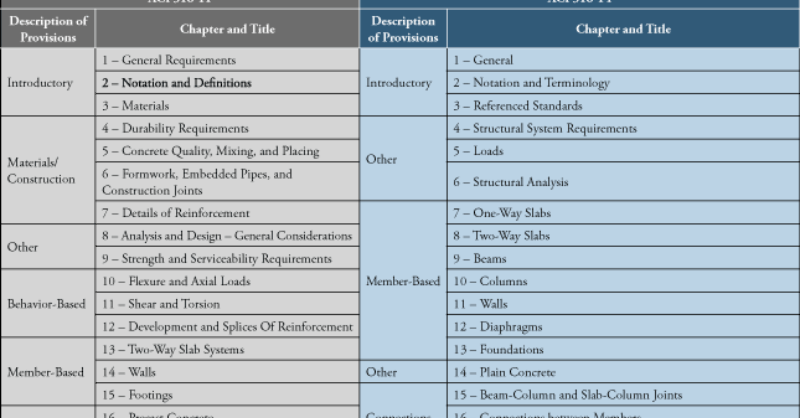Products
Learn
Support
Company
The new ACI 318-14 code has been implemented into RISA-3D V14, RISAFloor V10, and RISAFoundation V8. One of the big changes between the ACI 318-11 and the ACI 318-14 was to minimum flexural reinforcement for one-way and two-way slabs, as well as foundation elements.

In many cases this has the effect of increasing the required reinforcement in these elements. Here we will discuss why.
In this code the flexural minimums are considered in Section 10.5. Sections 10.5.1 and 10.5.2 are where the minimum flexural reinforcement calculation is looked. For common values of reinforcement and concrete properties this would result in a rho = 0.0033. In Section 10.5.3 there is an additional provision that allows you to disregard 10.5.1 and 10.5.2 as long as the area of steel provided is at least 1/3 greater than required by analysis.
There has always been a bit of gray area as to where this provision is applicable. In RISA this provision is applied to all beam and slab-type elements.
This code re-arranged it’s sections to each element type and thus updated/clarified the language for each element.
For 60 ksi reinforcement this would result in rho = 0.0018. However, there is no exception here for the 1/3 greater than analysis. This is the same provision for both one-way and two-way slabs.
For beam members this language is the same as it was in the ACI 318-11 Section 10.5.
Each of these sections gives a reference to either Chapter 7 or Chapter 8. For this reason it was assumed that the minimum flexural reinforcement changes were applicable to most foundation elements.
When using the ACI 318-11 code it was common that the flexural reinforcement minimums were omitted because of the exception in Section 10.5.3. The 4/3’s*Asrequired or Asmin (temperature and shrinkage) would generally govern.
When using the ACI 318-14 code, however, the exception is not allowed and rhomin = 0.0018 is required for any tension face for the elements referenced above.
Thus, for a member in both positive and negative bending rhomin = 0.0018 would need to be met on both faces of the element and thus causes an overall larger amount of reinforcement.
This change is applicable to:
RISAFloor ES
Slab Design Strips
RISA-3D
Footings
RISAFoundation
Slab Design Strips
Footings
Pile Caps
Retaining Wall Footings
